Eight channels of analog ensures flexible interconnectivity for modern studios. Four-mode LFE-channel processing guarantees compatibility across all formats and industries. Forth-order crossovers and flexible acoustical controls allow for seamless system integration. Built-in volume control and a hardware remote control allows for centralized system control independent of the source, and the electronics can be remote located to reduce cabling. From Mono to 3D, there are uses for the KH?810 in many different system configurations.
Improving Lateral Consistency
The latest amplifier technology and acoustical components have been used to ensure the most accurate sound reproduction possible. Robust drivers, a rock-solid cabinet, and carefully designed ports guarantee a tight, articulate, and distortion-free low frequency reproduction, even at high replay levels. Using the sum output, Plane Wave Bass Array™ (PWBA™) techniques acoustically improves lateral consistency in the listening area. The bass extends down to 18 Hz.
Complements Extensive Range of Monitors
The KH 810 subwoofer is designed to complement Neumann’s extensive range of monitors, and can be used on its own, or daisy-chained to make larger systems capable of higher SPL. The KH 810 can be used in music, broadcast, and post production studios for tracking, mixing, and mastering. The cabinet can be positioned next to a wall or flush mounted into a wall due to the front mounted port, and can be mixed freely in multichannel systems with other loudspeakers from Neumann’s range.
Neumann KH 810 Active Studio Subwoofer Features
Bass extension for loudspeakers down to 18 Hz
Increasing the maximum SPL of loudspeakers by up to 8 dB
Decreasing harmonic and intermodulation distortion of loudspeakers
Reproducing the LFE channel
Reproducing the “Sub” signal of a bass managed multichannel source
Making a Plane Wave Bass Array™ system
Working as an extension for KH line subwoofer systems
Computer mechanically modeled cabinet design using Low resonance Integral Molding™ (LRIM™) materials
Wooden cabinet with a tough painted finish and high density rubber isolating feet
Excellent self-damping properties leading to minimal cabinet resonances
No standing wave resonances inside cabinet
Reduced cabinet resonances
In-house modelled long-throw composite sandwich cone bass driver with Extremely Linear Force Factor™ (ELFF™), magnetic shielding, flow optimized die cast basket and robust built-in grille
Damping of break up modes brings low distortion at high sound levels
Linear pistonic motor gives a very low harmonic distortion even at high excursions
Reduced air noise and improved rocking modes
Grille protects against mechanical damage
Large high-capacity flow-optimized bass reflex ports
Fast bass transient response
Reduced bass compression at high output levels
Can be flush mounted
XLR electronically balanced analogue inputs and outputs
Standard interfacing to professional equipment
Daisy chain output for subwoofer arrays
7.1 High Definition Bass Management
Compatible with all systems from mono to 3D
Bypassable 4th order 80 Hz active crossover for maximum compatibility with consumer reproduction systems
Allows main loudspeakers to play louder and with lower distortion
Remote control
NRC 1 and SEA 1 hardware remote control
RS-232 control possible
LFE gain
0 and +10 dB
Four routing modes:
LFE to subwoofer and left/right
LFE to subwoofer only up to 80 Hz
LFE to subwoofer only up to 120 Hz
LFE to subwoofer with no filtering – for daisy chaining subwoofers and external signal processing
systems
Wide range input gain and output level controls
Easier interfacing with signal sources
8-pos





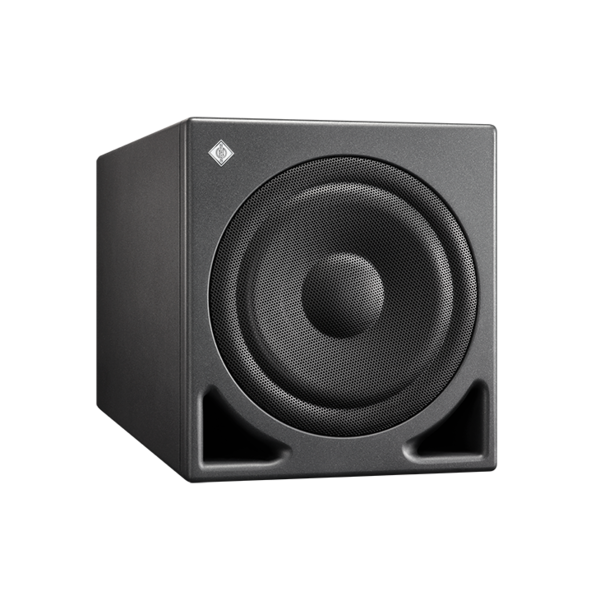

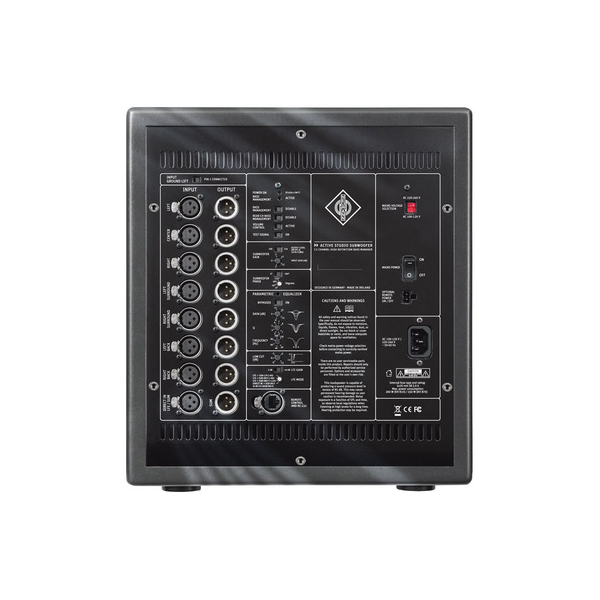

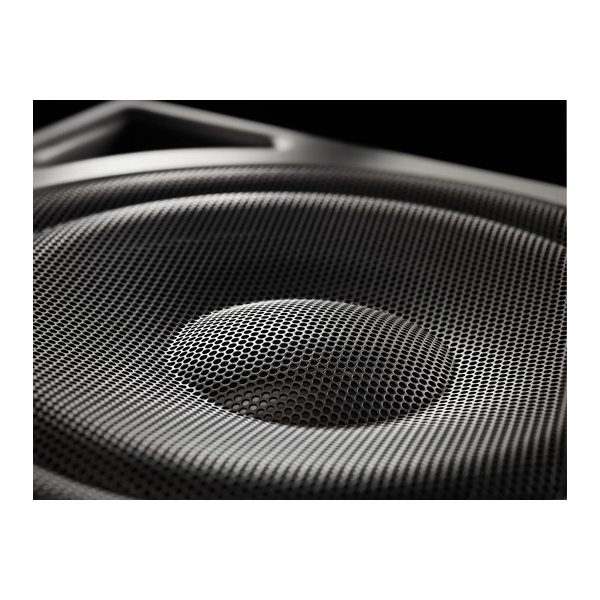

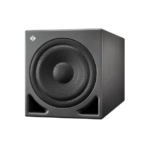




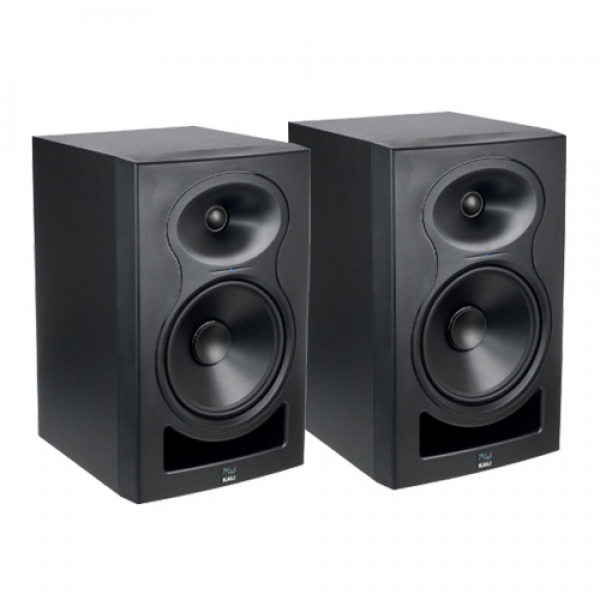


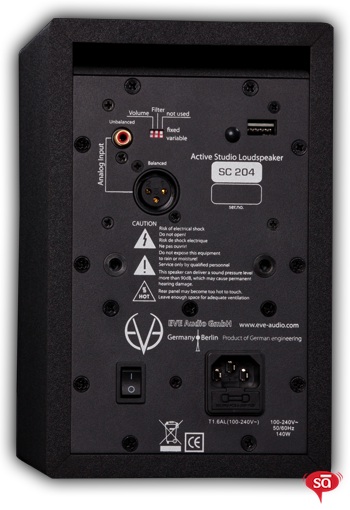

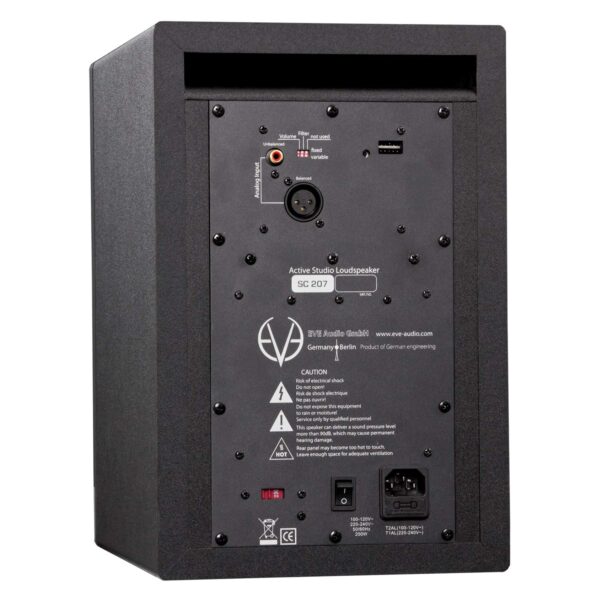

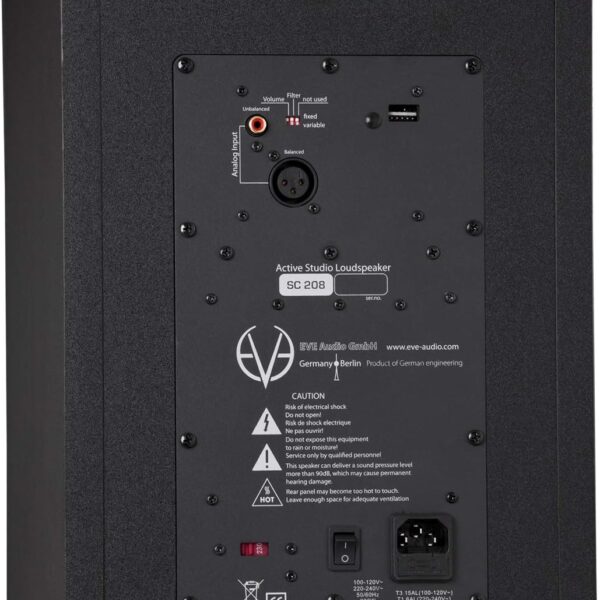
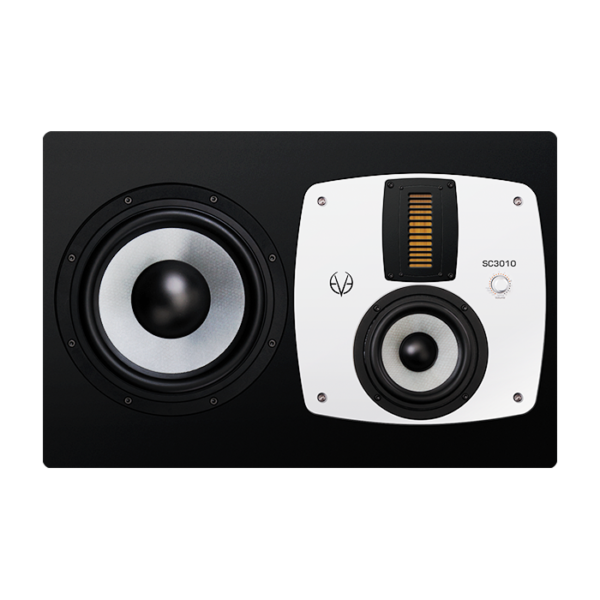
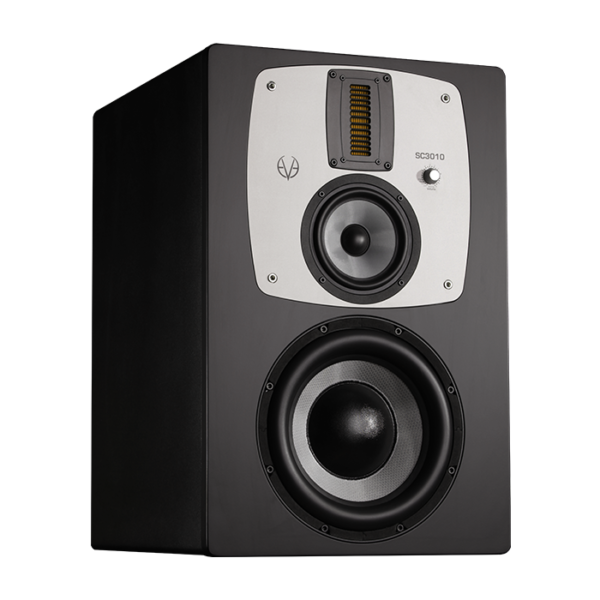


Reviews
There are no reviews yet.